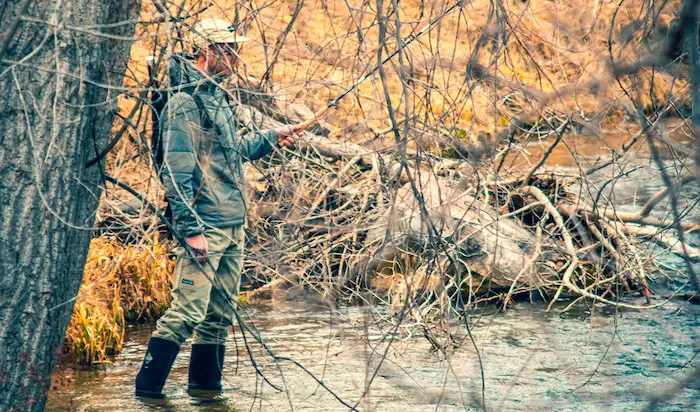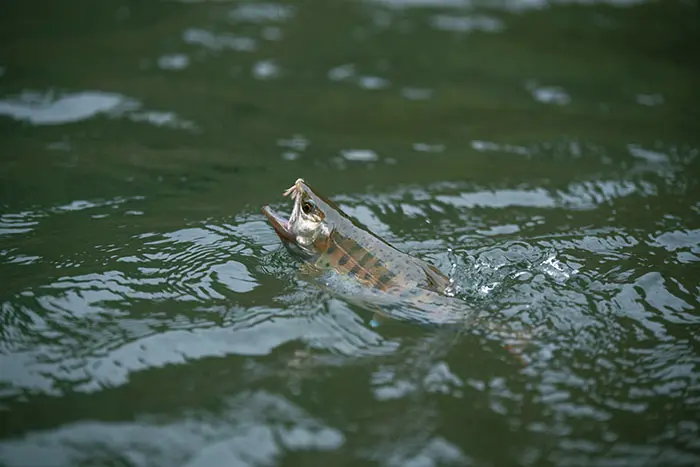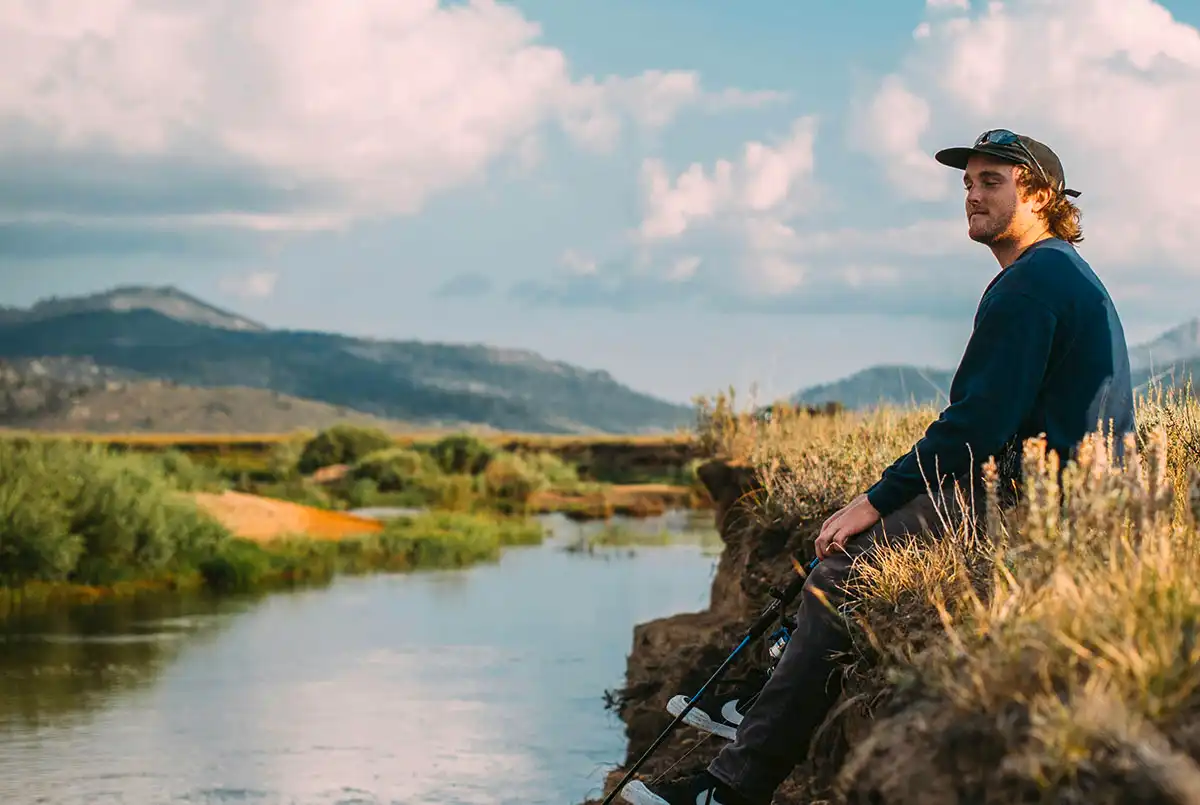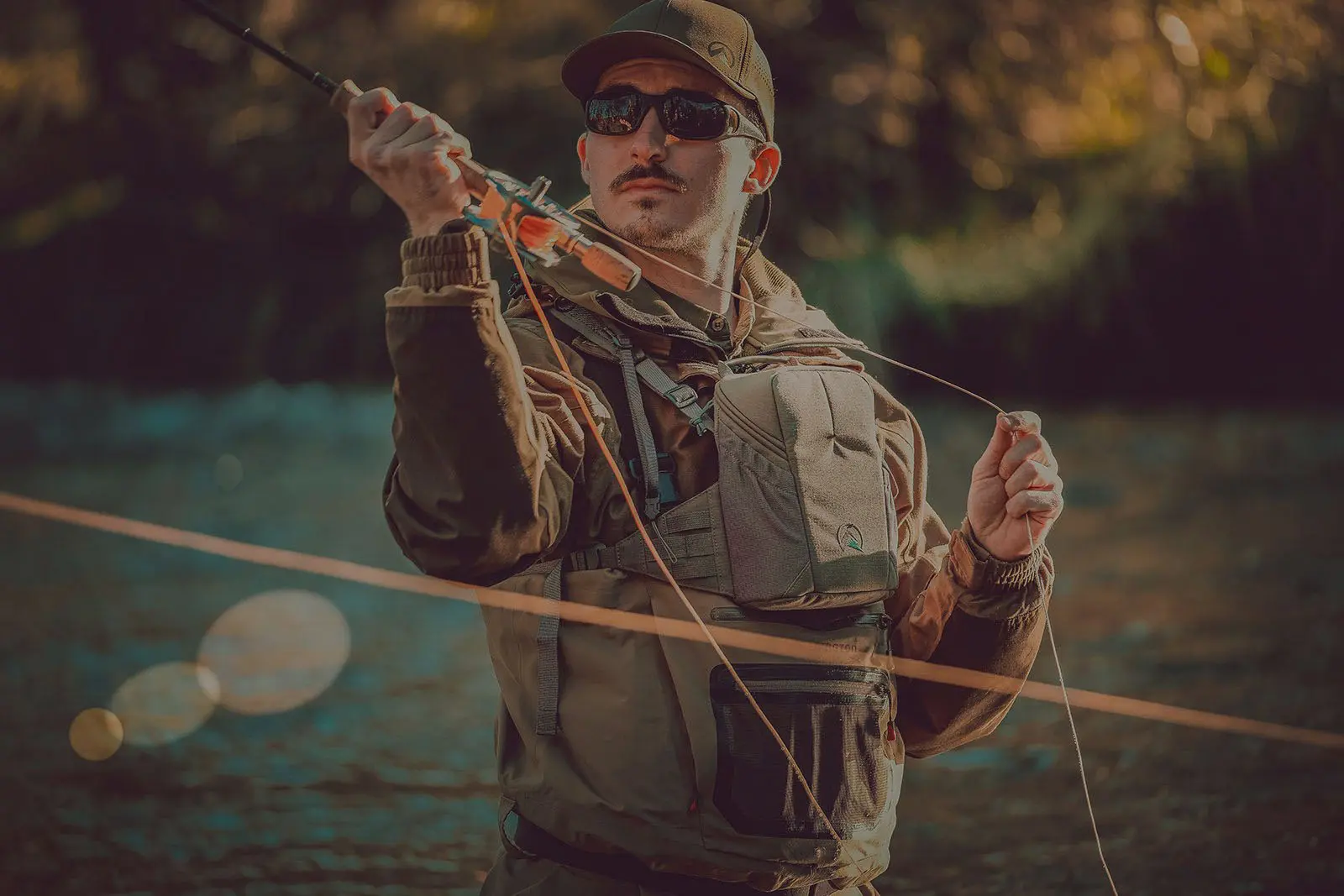Choosing the right fly is one of the most critical decisions in fly fishing, and it often determines whether your day on the water will be a roaring success or a lesson in patience. The perfect fly depends on many factors, including the time of year, local hatch activity, and the behavior of your target fish. In this guide, we’ll break down how to select the right fly for every season, helping you match the hatch and reel in more fish.
Spring: The Season of New Beginnings
As rivers thaw and aquatic life awakens, spring is a time of abundant hatches. Fish are eager to feed after the long winter, but water levels may be high due to melting snow, making conditions tricky.
-
Key Patterns:
- Dry Flies: Blue Winged Olives and March Browns mimic early-season hatches.
- Nymphs: Pheasant Tail Nymphs and Hare’s Ear Nymphs are excellent for imitating subsurface activity.
- Streamers: Woolly Buggers work well for aggressive fish feeding on baitfish.
-
Tips: Use darker flies in murky water and lighter patterns on clear days. Early mornings and late afternoons are prime times to fish.
Summer: The Peak of Activity
In summer, insect hatches are in full swing, and fish are actively feeding. However, warmer water temperatures can make fish more selective, especially during midday heat.
-
Key Patterns:
- Dry Flies: Caddisflies, Grasshoppers, and Stimulators mimic terrestrial insects and aquatic emergers.
- Nymphs: Copper Johns and Prince Nymphs are great for midday fishing when fish move deeper.
- Emergers: Sparkle Duns and RS2 patterns work wonders during evening hatch activity.
-
Tips: Focus on fishing early in the morning or late in the evening when water temperatures are cooler and fish are more active.
Fall: The Season of Transition
Fall is a magical time for fly fishing. As temperatures cool, fish become more aggressive, feeding heavily to prepare for winter. Hatches tend to slow down, so imitation becomes even more important.
-
Key Patterns:
- Dry Flies: Trico Spinners and October Caddis are popular choices during fall hatches.
- Streamers: Sculpin patterns and Zonkers attract large, predatory fish.
- Egg Patterns: Mimic fish eggs during spawning season, especially for trout.
-
Tips: Use brighter flies in early fall and more natural colors as the season progresses. Pay attention to fish behavior near spawning areas.
Winter: The Minimalist Approach
Winter fishing is challenging but rewarding. With fewer hatches, fish rely on subsurface feeding, making fly selection straightforward but precise.
-
Key Patterns:
- Midges: Zebra Midges and Griffith’s Gnats are reliable for slow-moving, cold-water fish.
- Nymphs: Small, dark patterns like the Black Stonefly Nymph are effective in clear water.
- Streamers: Use smaller streamers like Mini Woolly Buggers to mimic baitfish.
-
Tips: Focus on slower-moving waters, where fish conserve energy. Keep presentations subtle and slow.
General Tips for Fly Selection
- Match the Hatch: Research the insects active in your area during each season. Observe the water for clues.
- Consider Water Clarity: Use bright, flashy flies in murky water and subtle, natural colors in clear water.
- Adapt to Fish Behavior: Pay attention to where fish are feeding—surface, mid-water, or bottom—and choose your fly accordingly.
Final Thoughts
The beauty of fly fishing lies in its connection to nature and the art of observation. By understanding seasonal patterns and choosing the right fly, you’ll not only improve your success on the water but also deepen your appreciation for the sport.
Need help selecting flies for your next trip? Book a guided tour with us, and let our experts ensure you’re fully prepared for every season.

How to Choose the Perfect Fly for Different Seasons
Choosing the right fly is one of the most critical decisions in fly fishing, and it often determines whether your day on the water will be a roaring success or a lesson in patience.
Read More

Top 10 Fly Fishing Tips for Beginners
Fly fishing is more than just a hobby—it's an immersive experience that connects you with nature and challenges your skills.
Read More

Fly Fishing 101: A Beginner's Guide to Getting Started
Fly fishing is more than just a fishing technique; it’s an immersive outdoor experience that combines skill, patience, and a deep connection to nature. If you're new to the sport, it may seem a bit daunting at first.
Read More
